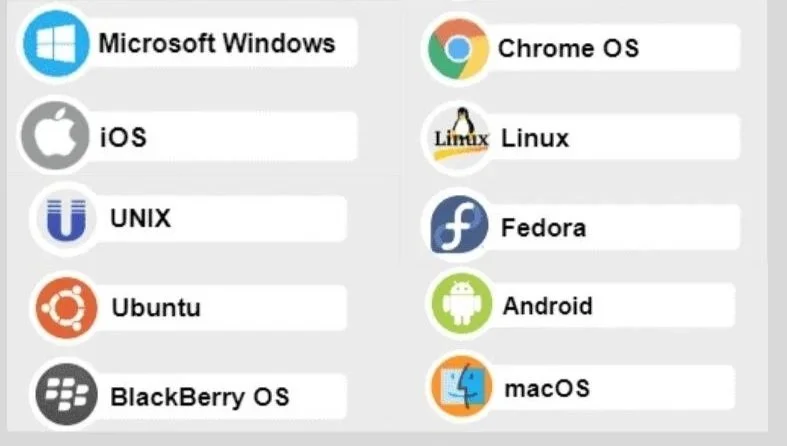what is an operating system
In the world of computing, the kernel is like city hall it grants every program permission to use the CPU, memory, and I/O (Input/output) devices (keyboard, mouse, microphone, etc). Just as a mayor enforces zoning laws, the kernel kind of has the same job it keeps drivers and core services in their own districts so a single rogue application can’t demolish the whole system.
Running applications kind of resemble bus routes in a way. Each process is a route, and its threads are individual buses sharing the same roads. Spotting a stray bus on the wrong line an unexpected child process can tip you off to hidden malware hitching a ride.
Memory in an OS feels like the high rise apartment complex. Each process lives in its own “memory apartment” split into two rooms—one for temporary data (the stack) and one for dynamic data (the heap). The OS locks off rooms where you’re not allowed to run code with DEP, then randomly renumbers all the doors with ASLR (Address Space Layout Randomization) so attackers can’t guess where to break in. When attackers sneak in through buffer overflow or use after free vulnerabilities.
Think of the file system as a library. Permissions are library cards or ACLs (Access Control Lists), ownership bits, or SELinux labels tell each user which volumes they can read, write, or annotate. Discovering hidden payloads in NTFS (New Technology File System) alternate data streams is like finding contraband tucked inside returned books.
Whenever an application needs to perform a privileged task opening raw devices or changing firewall rules. It queues at the syscall service counter. Tools like strace or Event Tracing act as CCTV cameras, recording each request so you can rewind and catch anything suspicious.
Networking and interprocess communication are the city’s highways and courier routes. TCP/IP is the main thoroughfare, while sockets, pipes, and shared memory are back alleys and bike messengers. Spotting DNS tunneling or malformed packets is like intercepting illicit parcels on a backroad.
Modern OS security features like secure boot, code signing, and sandboxing serve as fortified city walls and guard towers. Mastering Device Guard, AppArmor, or virtualization traps lets you seal off every gate so attackers can not sneak in disguised as friendly citizens.
Here is some Operating Systems that you might be aware of
